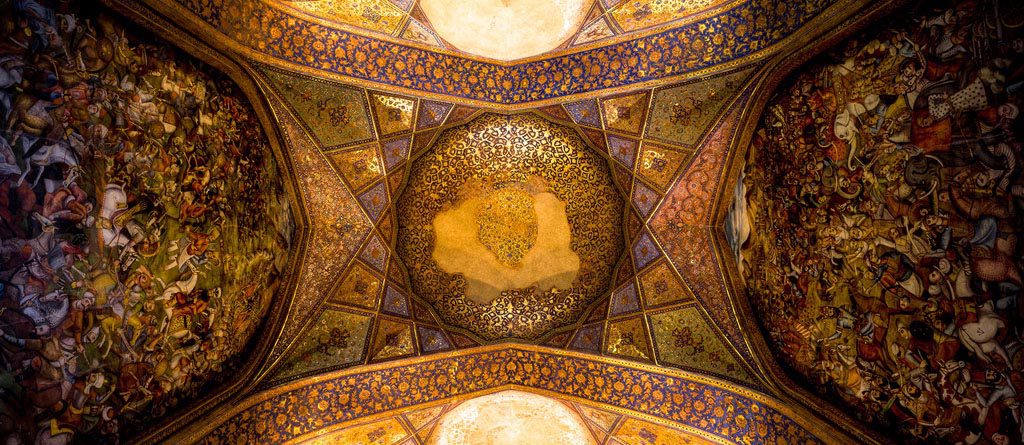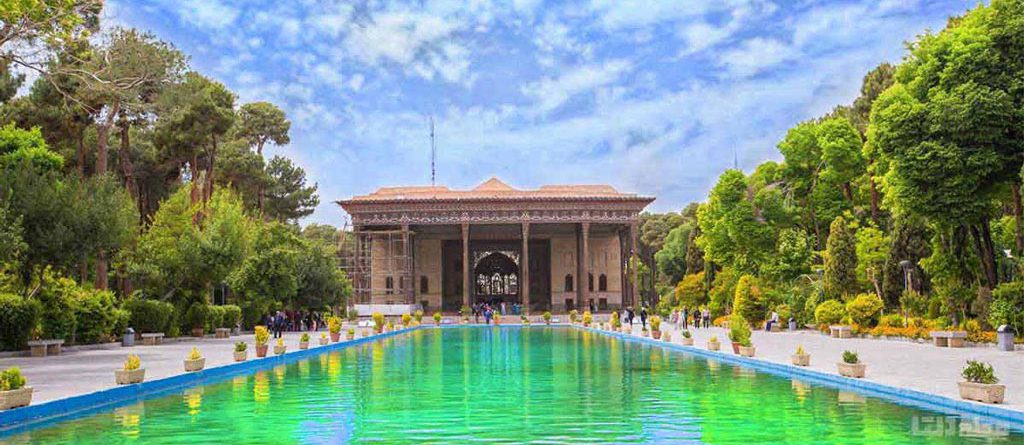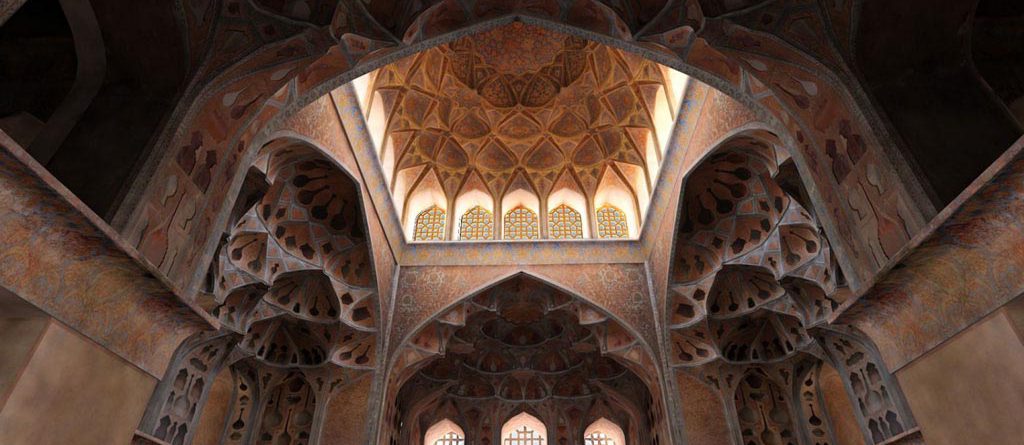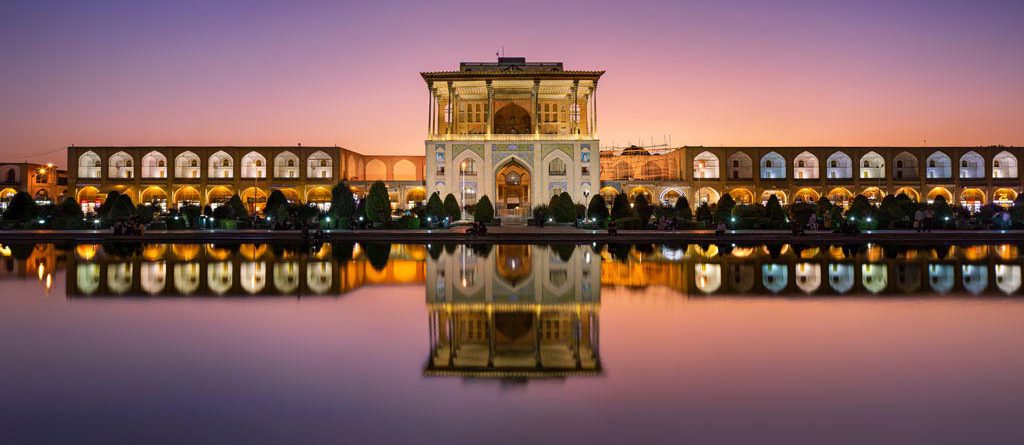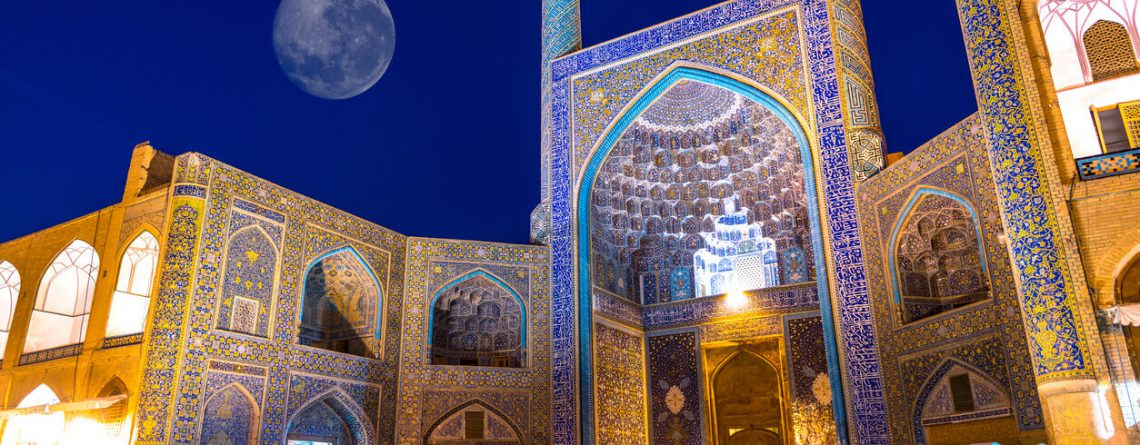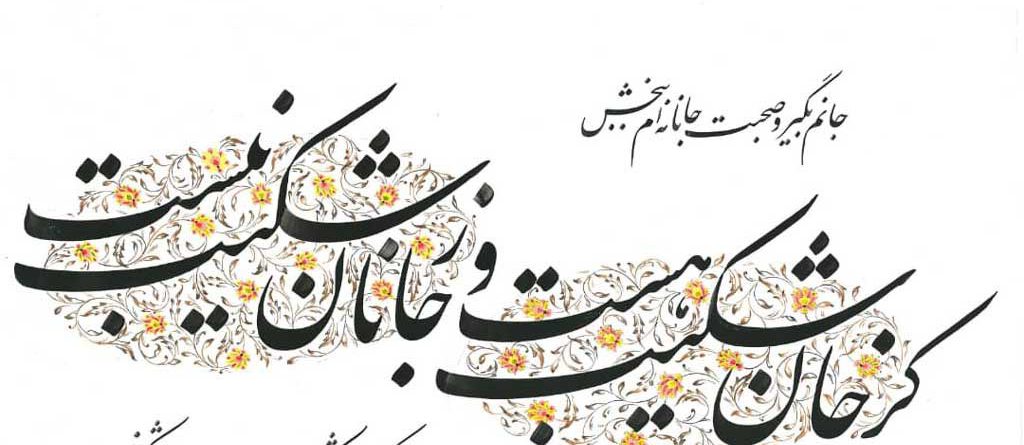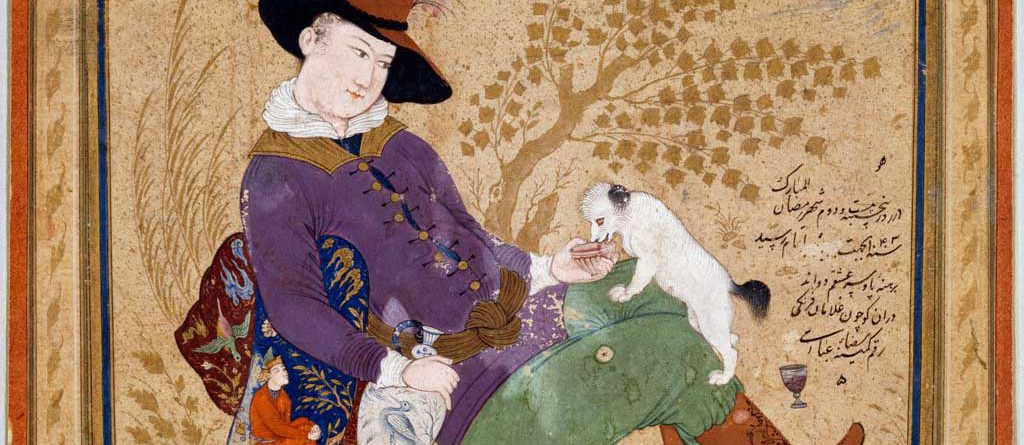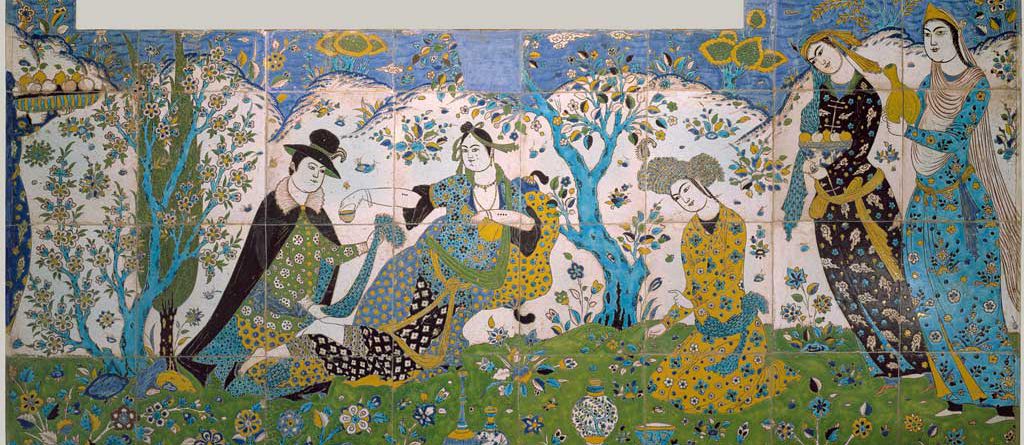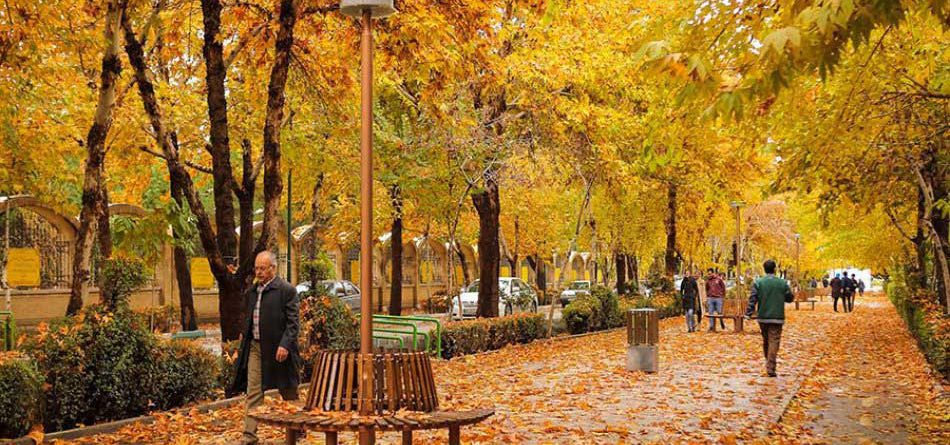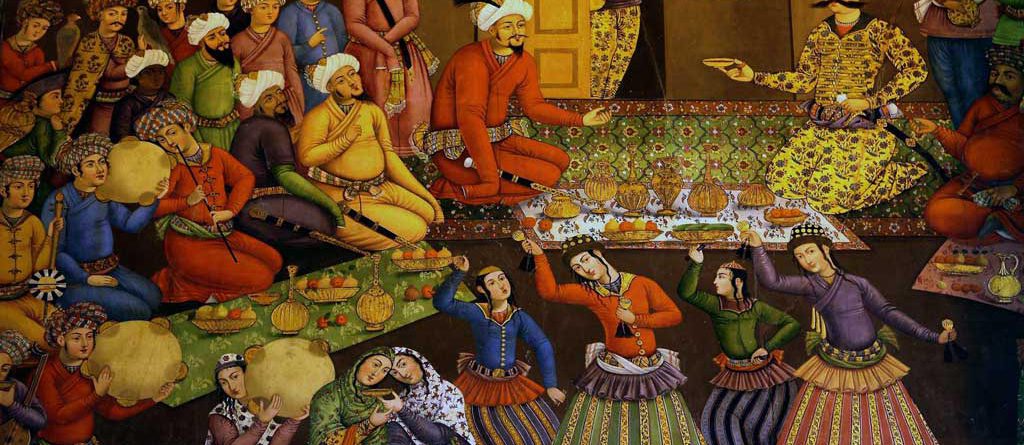Chehel Sotun – Part 2
Chehel Sotun The paintings of the western wall (opposite the entrance) depict, from right to left. the following subjects: The feast given by Shah Abbas the Great in honor of King Vali Mohammad Khan of Turkestan. This is a clear and picturesque portrayal of the ostentation of the Esfahan court. The battle of Chaldoran between the troops of Shah Ismail r Safavid and the Ot-toman Janissaries. The reception given by Shah [...]


